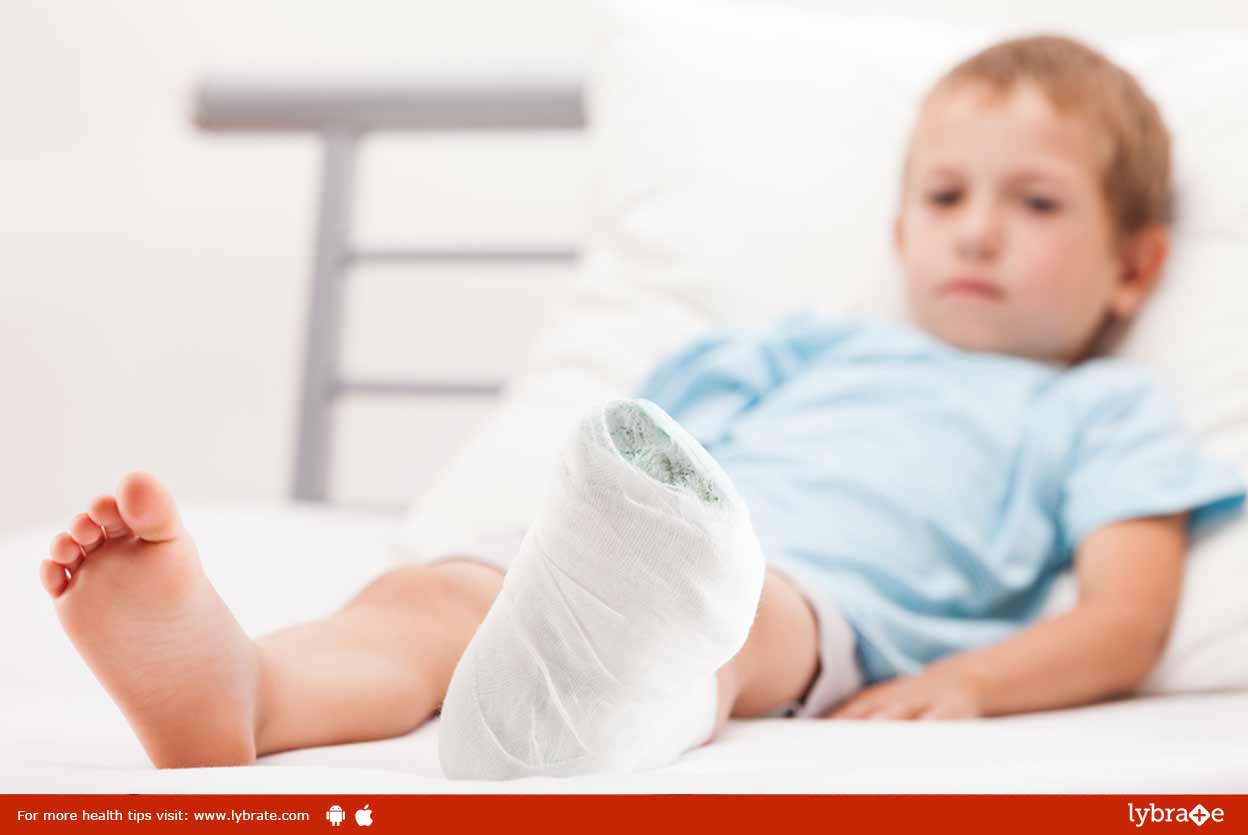By Dr. Gaurav Khera , Orthopaedics
The toe is a commonly injured part of the foot thus, making the phalanges or toe bones to be few of the most injured bones of the human body. It isn’t a rare phenomenon to accidentally stub your toe. These minor injuries sometimes may either lead to a hairline fracture or a broken phalange.
The toe may break because of a severe injury, such as dropping a heavy object on it. It is also common to hurt the toe while playing or engaging in other physical activities.
Symptoms of broken toe
The symptoms of broken toes include pain and swelling in the injured toe. Breaking of the big bone of the toe may cause a lot of difficulty in walking. Sometimes, there might also be an accumulation of blood in the injured area causing it to turn blue-black. Other major symptoms involve bruising, deformity and stiffness. Extreme severity may cause the toe to stick out at an angle. People suffering from weak and brittle bones are more vulnerable to this condition.
Treatment
Mostly, a broken toe may be easily treated at home by immediately applying ice to the injured toe and taking adequate pain killers to ease the pain. Over the counter pain medications are sufficient in such a situation and medical attention isn’t necessarily required in this case. After using ice on the injured toe, a piece of cotton can be put on the toe and the toe can be taped with the adjoining healthy toe which acts as a splint.
The broken toe will heal with enough time and rest. However, if there is numbness accompanied by a tingling sensation, it may be an indication of a damaged nerve which might require medical care. If the toe begins to turn blue or grey, the individual must be taken to the hospital. Severe fractures or breaks may be dealt with medically by realigning the bone after numbing the toe. In extreme cases, surgery is used after deciding the intensity of the fracture by using imaging techniques. The individual may be prescribed tetanus and antibiotic drugs. The broken toe is however fairly common and it is rare that the fracture is severe enough to warrant a medical treatment or a surgery.








































